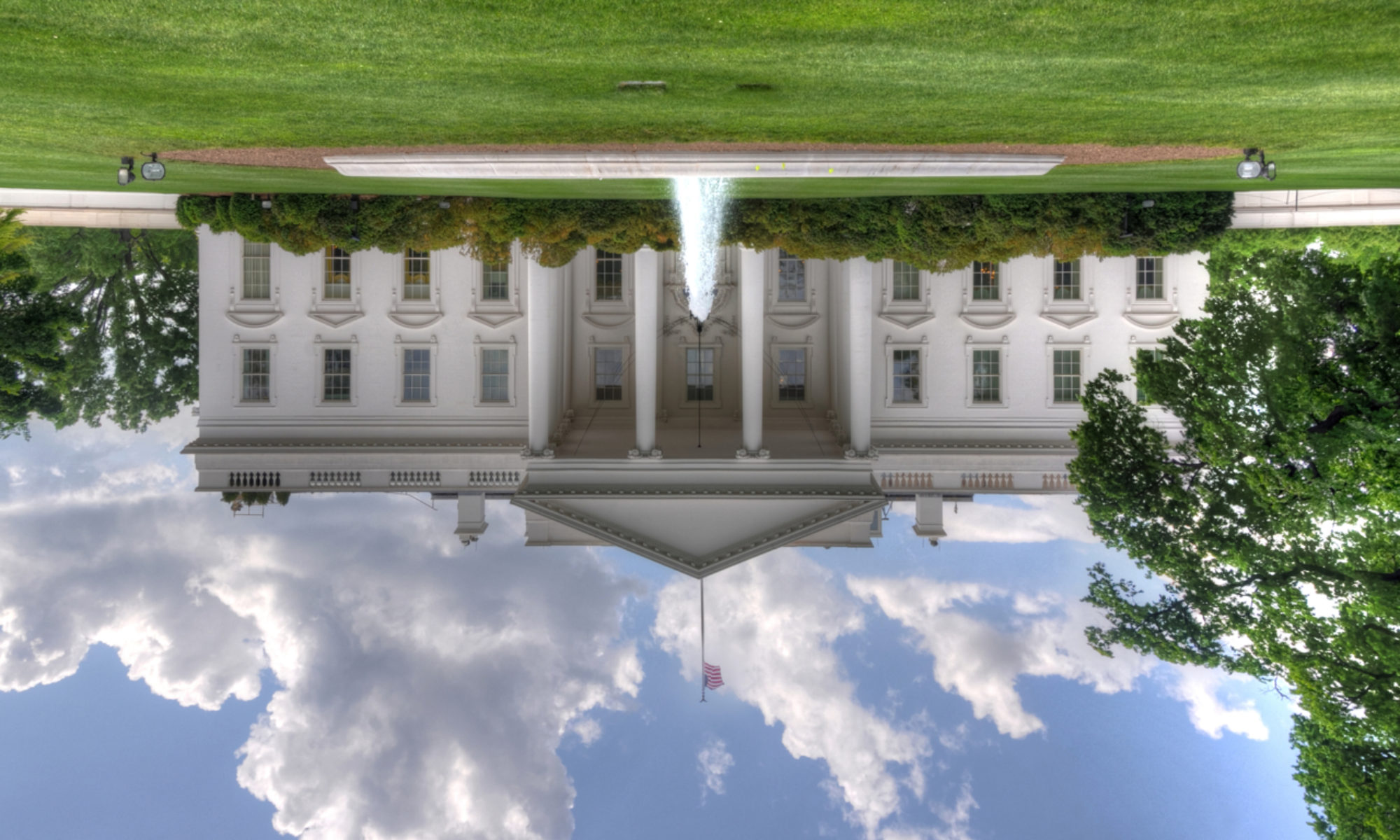Dan Coats, Director of National Intelligence (DNI), will leave the Trump administration on August 15. Coats is one of the last remaining original members of President Trump’s national security team. The news of Dan Coats’ departure was, not surprisingly, delivered by Trump via tweet, along with Trump’s announcement that he would be nominating Rep. John Ratcliffe (R-Texas) to replace Coats.
Dan Coats is known for his low-key, behind-the-scenes approach. He hasn’t spoken out much in public, but when he has, his comments have often been bluntly at odds with Trump.
In a 2018 summit between Donald Trump and Vladimir Putin, for example, Trump cast doubt on whether Russia had interfered in the 2016 presidential election, in effect saying that Putin had said Russia hadn’t interfered, and that Trump believed him.
In response, Dan Coats issued this statement on behalf of the U.S. intelligence community:
“We have been clear in our assessments of Russian meddling in the 2016 election and their ongoing, pervasive efforts to undermine our democracy, and we will continue to provide unvarnished and objective intelligence in support of our national security.”
At a Senate hearing, Dan Coats also contradicted Trump’s proclamation that the Islamic State had been completely defeated.
“While we have defeated the caliphate, with a couple of little villages left, we should not underestimate the ability of terrorist groups, particularly ISIS,” said Coats.
Vince Houghton, historian at the International Spy Museum, said about Coats, “He’s been someone who is willing to tell the truth, even if the main consumer, and that’s the president of the United States, does not like what he has to hear.”
Coats has also advocated stronger election security, saying that it should be a top U.S. priority. As one of his last actions in his current role, Coats named Shelby Pierson, a longtime intelligence community veteran, to serve in a newly created position as the overall head of election security efforts. At around the same time, coincidentally or not, Mitch McConnell blocked proposed legislation for additional funding for election security.
While Dan Coats has frequently contradicted Trump and his pronouncements, John Ratcliffe, Dan Coats’ expected replacement, has received praise from Trump for, among other things, admonishing special counsel Robert Mueller during Mueller’s testimony in the House Judiciary Committee hearing regarding Mueller’s findings in his investigation into Russian interference in the 2016 presidential campaign.
Many of those who support Donald Trump have said they do so because Trump “says what he means, and means what he says.” That is not the same as having integrity or telling the truth. One has to wonder if Dan Coats’ pursuit of integrity over his willingness to “back up” whatever utterances Trump has put forth, are at least one of the reasons for his departure. One also has to think, then, about the implications of being governed by a U.S. president who would dismiss those who disagree with him, even when national security may be at stake.
As Rep. Don Beyer put it, “(Dan Coats) was a widely respected and trusted by everyone on both sides as a man of integrity. But Trump doesn’t want integrity, he wants people who will tell him what he wants to hear and intel leaders who will agree that 2+2=5.”
Dan Coats refused to pretend that the Emperor was wearing clothes.
Trump replaces US intelligence chief Dan Coats | Al Jazeera
[2019-07-29]
DNI Dan Coats to step down, Texas Republican John Ratcliffe to replace | Fox News [2019-07-28]

